Kasuzuke (also known as sake-kasu-zuke) is a traditional Japanese fermented food, a technique that involves preserving and fermenting ingredients in a pickling bed made of sake-kasu (sake lees). This ancient preservation method transcends mere food storage, evolving into a sophisticated fermentation technology that enhances nutritional value and creates a unique flavor profile, drawing attention even in modern food science.
What is Kasuzuke?
Kasuzuke is a type of pickle (tsukemono) that ferments seafood, meat, and vegetables in a seasoned bed of sake kasu, a byproduct of sake brewing. Makers prepare the bed by adding miso, sugar, salt, and mirin to the sake-kasu.This process imparts a distinctive, rich aroma and deep umami flavor to the ingredients.
Examples of kasuzuke include narazuke, which uses primarily vegetables, and seafood varieties such as salmon, sea bream, and abalone kasuzuke. Each variety reflects the unique production methods and flavors of its region.
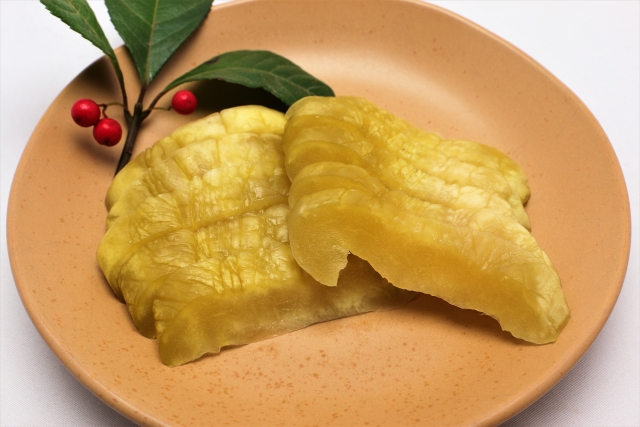
History of Kasuzuke
Ancient Origins
The origins of kasuzuke are ancient, with its precursors dating back to the Nara period (710–794). Historical documents show that the term “Narazuke” first appeared in the “Yamashina-ke Raiki” in 1492, originally referring to melons pickled in sake lees.
Development in the Edo Period
Kasuzuke underwent significant development during the Edo period (1603–1868). It is believed that Sosen Itoya, a herbalist from Nakasuji-cho, Nara, established the foundation of modern Narazuke during the Keicho era (1596–1615). During this time, advancements in sake brewing technology led to a stable supply of high-quality sake-kasu, making kasuzuke a common dish on the tables of ordinary people.
Inheritance to Modern Times
From the Meiji period (1868–1912) onwards, kasuzuke developed as a regional specialty, with unique production methods established across Japan. Today, in addition to traditional methods, modern practices incorporating food science knowledge are used to improve quality control and enhance nutritional value.
Nutritional Components of Kasuzuke
Nutrients Derived from Sake-kasu
The high nutritional value of kasuzuke is primarily derived from the abundant nutrients in its core ingredient, sake-kasu. A 100-gram serving of sake-kasu is nutritionally dense, providing approximately 215 kcal of energy, 14.9 grams of protein, 23.8 grams of carbohydrates, 5.2 grams of dietary fiber, and 1.5 grams of fat.
Vitamins and Minerals
Sake kasu contains a variety of vitamins and minerals. It contains particularly rich amounts of vitamin B, including B1 (thiamine), which supports energy metabolism; B2 (riboflavin), which promotes cell regeneration and growth; B6, which helps amino acid metabolism; and folate, which aids red blood cell formation. Sake-kasu also provides essential minerals, such as calcium for bone and tooth health, iron for oxygen transport, magnesium for enzyme activation, and zinc for immune function support.
Functional Components
One of sake-kasu’s most distinctive functional components is resistant protein, which comes from prolamins, a storage protein found in rice. This protein is indigestible and has physiological functions similar to those of dietary fiber. Sake kasu is also rich in amino acids, including both essential and nonessential types. Notably, branched-chain amino acids (BCAAs), such as valine, leucine, and isoleucine, support muscle synthesis and recovery from fatigue. Various peptides produced during fermentation have also been reported to exhibit physiological activities, including hypotensive and antioxidant effects.
Precautions for Consuming Kasuzuke
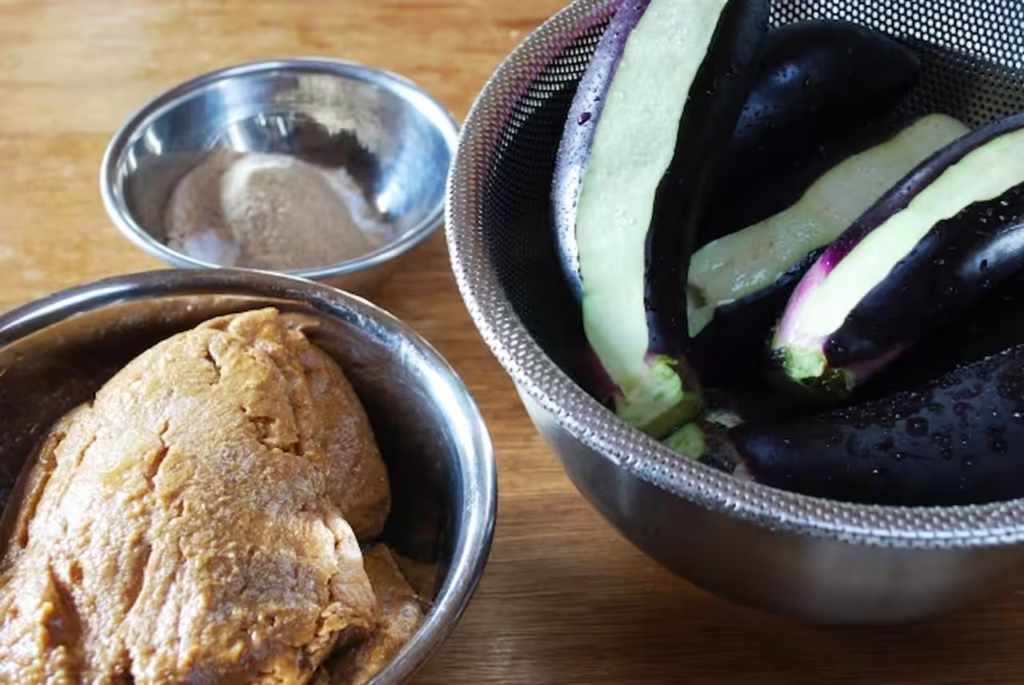
Consideration of Salt Content
As a traditional preserved food, kasuzuke contains a relatively high amount of salt. For instance, vegetable kasuzuke like Narazuke may contain about 1 gram of salt in just three thin slices. Individuals with or at risk for hypertension or arteriosclerosis should be mindful of their intake.
Alcohol Content
Kasuzuke made with sake lees contains approximately 8-10% alcohol. Individuals sensitive to alcohol or those who will be driving should exercise caution.
Appropriate Timing of Consumption
To efficiently deliver the beneficial microorganisms (lactic acid bacteria, yeast, etc.) in kasuzuke to the intestines, we recommend consuming it towards the end of a meal or between meals, when stomach acid effects reduce.
Fermentation Mechanism of Kasuzuke
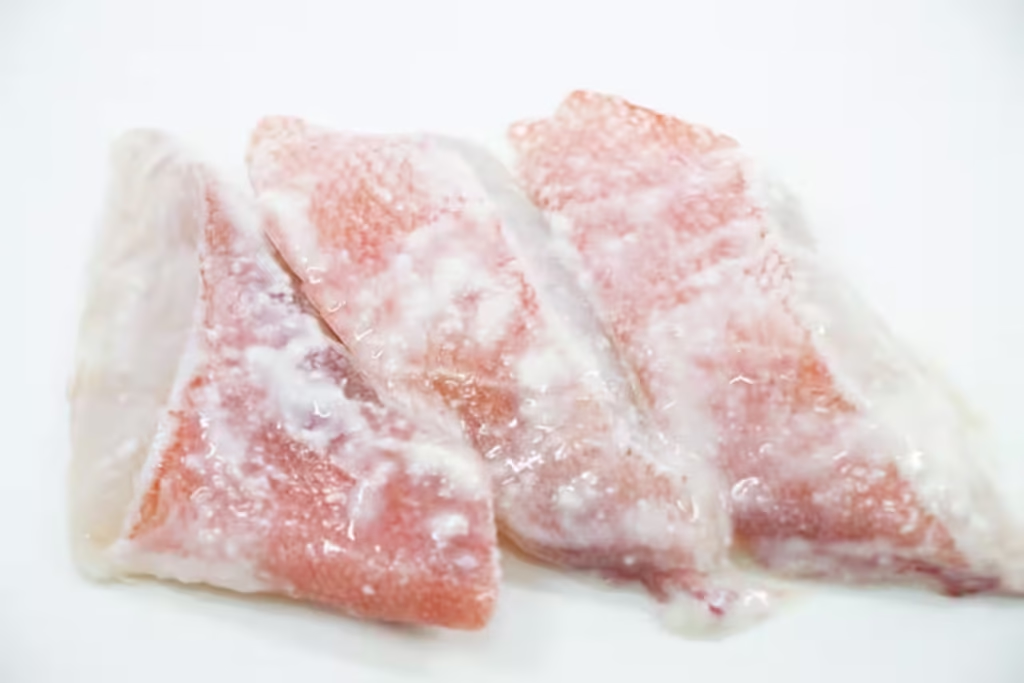
Microbiological Characteristics
The fermentation of kasuzuke involves multiple microorganisms, including sake yeast and koji mold from the sake-kasu, as well as lactic acid bacteria from the environment. The interaction of these microbes leads to the following changes:
- Protein Decomposition: Enzymes break down proteins into amino acids and peptides, increasing umami components.
- Carbohydrate Fermentation: Yeasts and lactic acid bacteria convert carbohydrates into organic acids and alcohol.
- Flavor Compound Generation: The fermentation process produces unique aromatic compounds.
Chemical Changes
The following chemical changes are observed during the fermentation of kasuzuke:
- Decrease in pH: Lactic acid fermentation leads to acidification.
- Increase in Organic Acids: Organic acids such as lactic, acetic, propionic, and butyric acids are produced.
- Generation of Antioxidants: Antioxidant substances like phenolic compounds are generated.
Production Method of Kasuzuke

Basic Manufacturing Process
1 Ingredient Pre-treatment
Vegetables: Dehydration through salt-pickling.
Seafood: Salting and removal of surface moisture.
Meat: Appropriate seasoning and moisture adjustment.
2 Preparation of Sake-kasu Bed
Mixing sake-kasu with miso, sugar, salt, and mirin.
Adjusting viscosity and salt concentration according to the ingredients.
Temperature control to promote fermentation.
3 Pickling Process
Completely submerging the ingredients in the sake-kasu bed.
Maintaining an anaerobic environment in a sealed container.
Regular turning to ensure uniform fermentation.
4 Aging and Management
Temperature control (typically 10-15°C).
Adjusting the pickling period (from a few days to several months).
Quality checks and adjustments.
Modern Quality Control
In modern kasuzuke production, the following scientific methods are employed:
- Microbial Control: Suppressing harmful microorganisms and activating beneficial ones.
- Nutritional Analysis: Quantitative evaluation of nutritional value.
- Sensory Evaluation: Objective quality assessment systems.
- Shelf-life Testing: Scientific determination of the “best-by” date.
Academic Research on the Health Benefits of Kasuzuke
Cholesterol-Lowering Effects
According to research by Gekkeikan, animal studies show that the resistant protein in sake-kasu promotes the adsorption and excretion of cholesterol, contributing to reduced blood cholesterol levels.
Gut Environment Improvement
Studies confirm that consuming sake-kasu increases beneficial gut bacteria (e.g., Lactobacillus, Bifidobacterium) and the production of organic acids (lactic, acetic, propionic, and butyric acids), suggesting its potential to improve the gut environment.
Antioxidant Effects
The phenolic compounds and peptides in sake-kasu possess strong antioxidant properties, which have been reported to have anti-aging effects by scavenging reactive oxygen species.
Blood Pressure-Lowering Effects
Angiotensin-converting enzyme (ACE) inhibitory peptides found in kasuzuke have been confirmed in clinical trials to exhibit hypotensive (blood pressure-lowering) effects.
The Significance of Kasuzuke in Modern Times
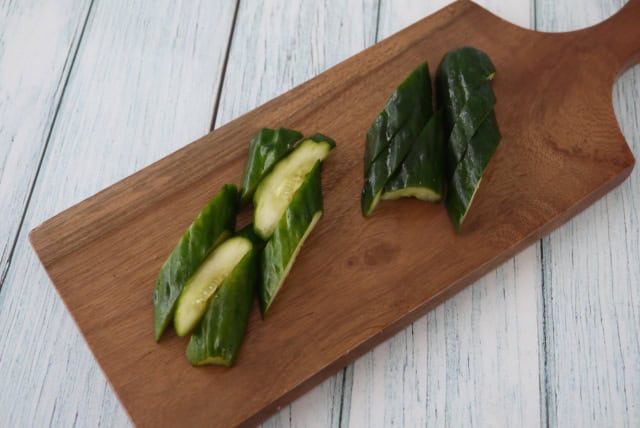
Value as a Functional Food
With the growing health consciousness of today, kasuzuke is being re-evaluated not just as a traditional food but as a functional food. It is particularly noted for:
- Probiotic Effects: Improving the gut environment with live microorganisms.
- Prebiotic Effects: Promoting the growth of beneficial microorganisms.
- Prevention of Lifestyle-Related Diseases: Aiding in the prevention and improvement of metabolic syndrome.
Contribution to a Sustainable Food System
As an example of a circular food system that effectively utilizes sake-kasu, a by-product of sake brewing, kasuzuke holds significant importance from the perspective of modern sustainable food production.
Inheritance of Cultural Value
Kasuzuke is also valuable as a cultural heritage that embodies the essence of Japan’s fermentation technology. Its preservation is crucial from the standpoint of passing down techniques and protecting cultural traditions for future generations.
Conclusion
Kasuzuke represents the culmination of fermentation technology that the Japanese people have cultivated since ancient times and stands as an outstanding food with high nutritional and functional value from a modern food science perspective. With its rich nutritional components, including resistant protein, B vitamins, amino acids, and organic acids, and its complex fermentation process involving multiple microorganisms, it holds value that surpasses that of a mere preserved food, positioning it as a functional food that contributes to health.
Moving forward, by integrating the inheritance of traditional production methods with modern quality control technologies, kasuzuke is expected to continue enhancing its value as a key element of Japanese food culture and as a functional food that promotes health and well-being.
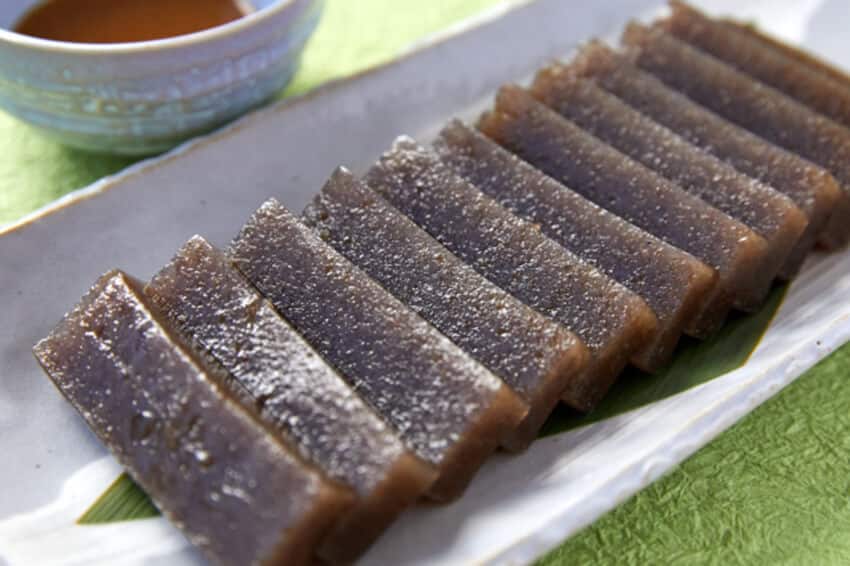
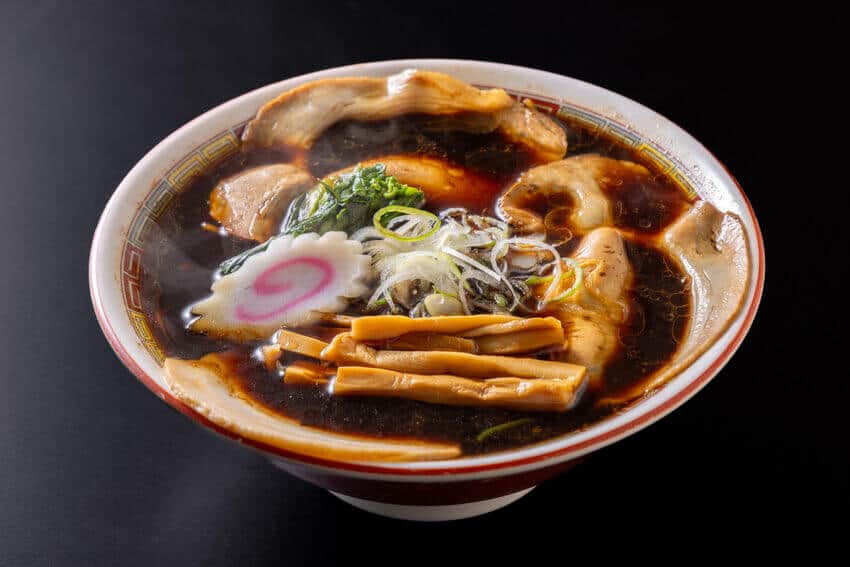


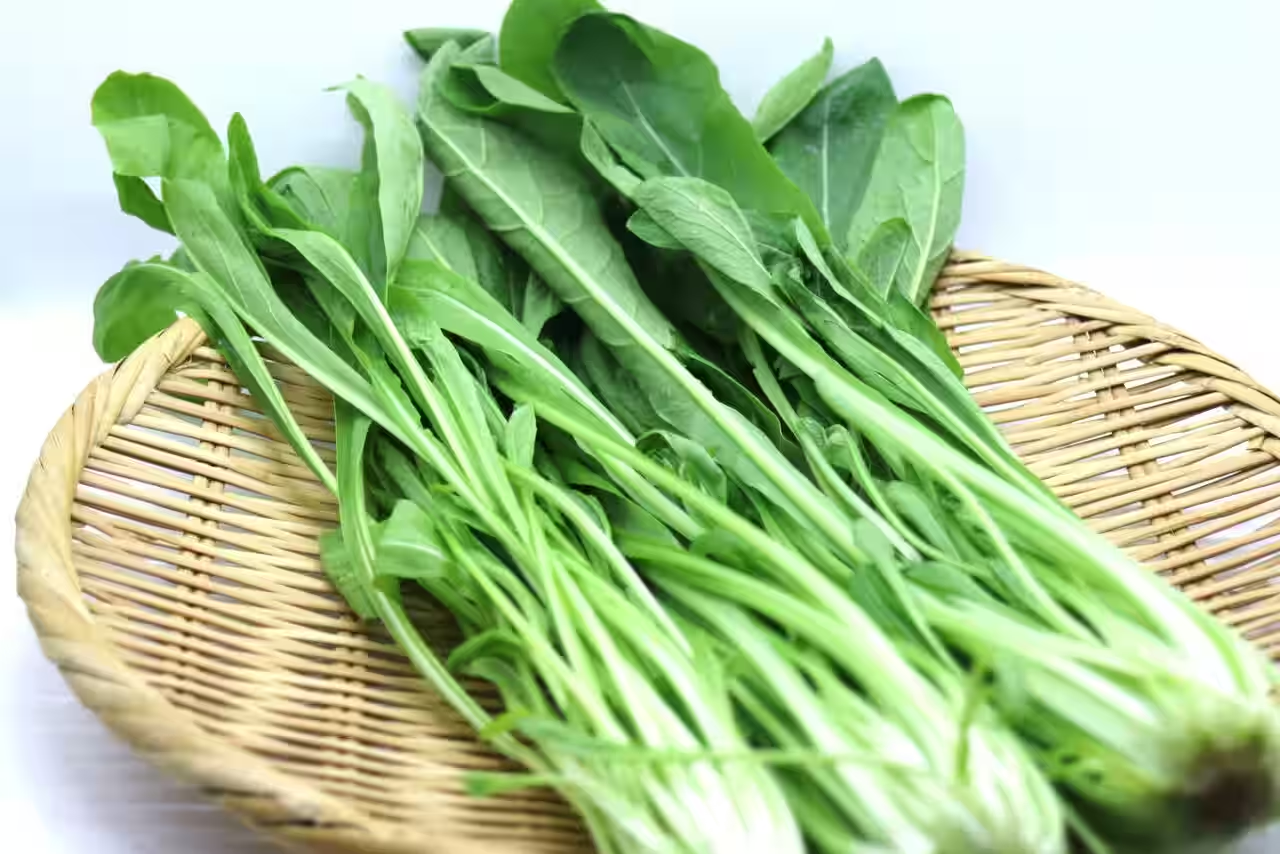



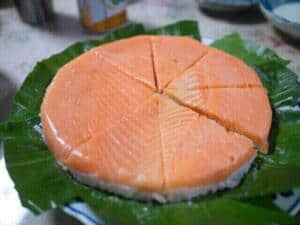

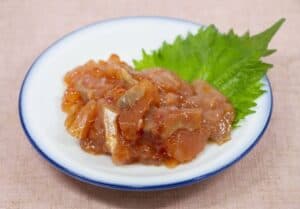
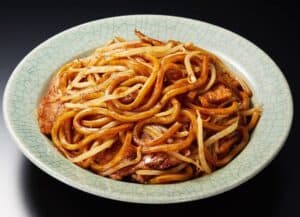

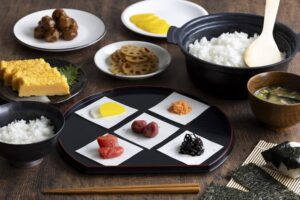
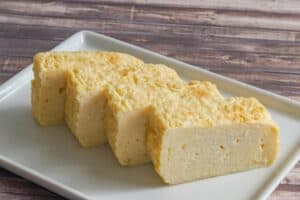
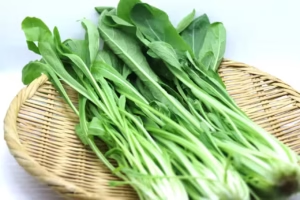
Comments